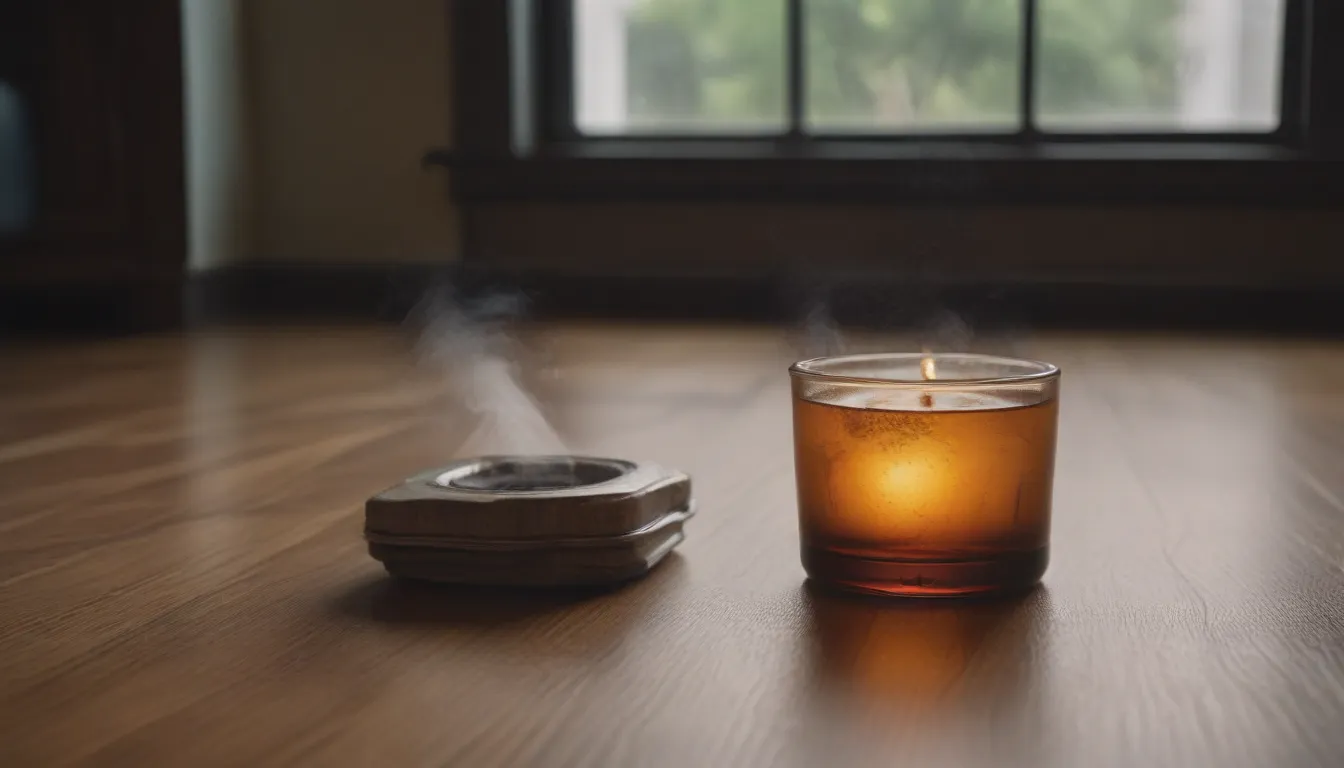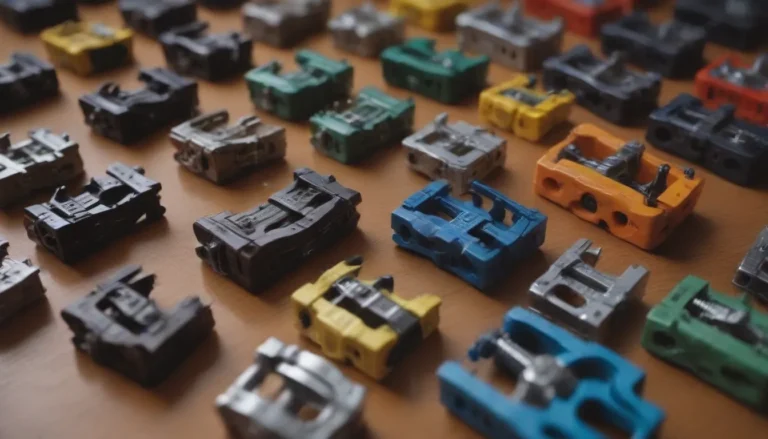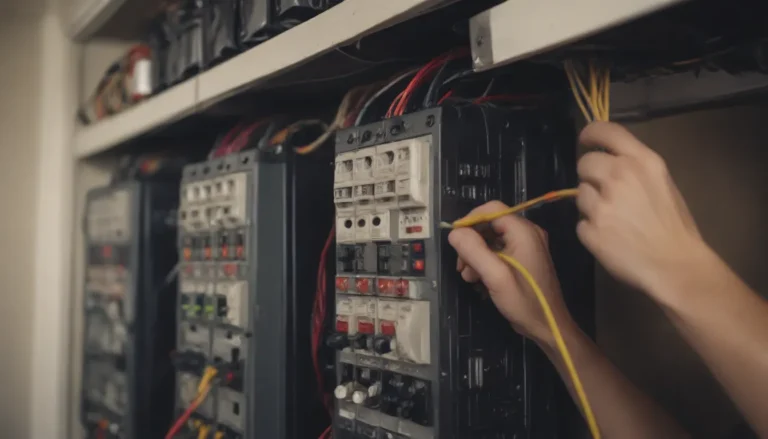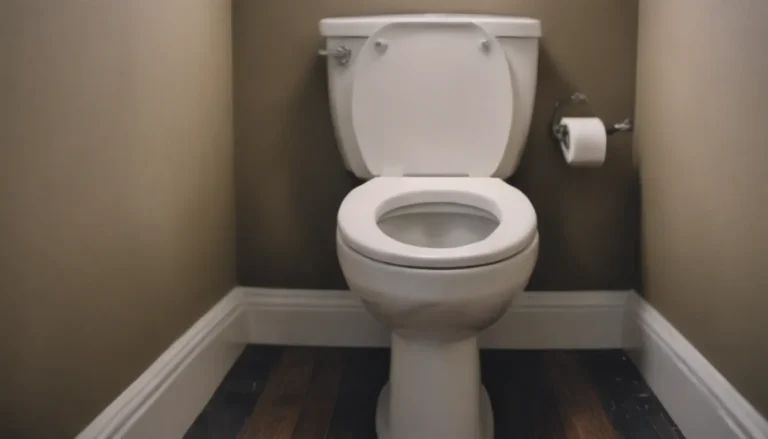21 Effective Tips to Lower Humidity in Your Home

Are you struggling with high humidity in your house, especially during the warmer months of the year? High humidity can lead to various issues, including condensation, mold growth, and structural damage. But don’t worry, we’ve got you covered with these 21 tips to help lower humidity in your home effectively.
1. Install Weatherstripping
When outdoor air enters your home through gaps around doors and windows, it can increase humidity indoors. Use weatherstripping to seal these gaps and prevent humid air from getting inside.
2. Run the Air Conditioner
Turning on your air conditioner not only cools your home but also helps reduce indoor humidity. Let the AC run for an extended period to remove excess moisture from the air.
3. Cover Pots While Cooking
Cooking can increase humidity levels in your home. To minimize moisture release, cover pots and pans while cooking to trap the steam.
4. Fill a Bowl With Baking Soda
Place a bowl of baking soda in high-humidity areas to absorb moisture from the air. Replace the baking soda when it hardens to ensure continuous effectiveness.
5. Set Up Charcoal Briquettes
Charcoal can also absorb moisture from the air. Place charcoal briquettes in containers around your home to help reduce humidity levels, especially in smaller spaces.
6. Seal Cracks and Gaps
Seal any cracks or gaps in your walls, roof, windows, and doors to prevent hot, humid air from entering your home. Professional assessment may be necessary for unseen issues.
7. Install a Clothesline
Use outdoor clotheslines to dry laundry during warmer months. This will prevent your dryer from adding to indoor humidity levels.
8. Clean or Replace HVAC Filters
Regularly clean or replace your HVAC filters to maintain acceptable indoor humidity levels. Clogged filters can impede airflow and reduce the effectiveness of your HVAC system.
9. Take Colder Showers
Hot showers can increase moisture in the air. Enjoy cooler showers to prevent adding extra humidity to your home.
10. Increase Air Circulation
Good airflow helps dry damp surfaces and distributes humidity evenly. Use ceiling fans or portable fans to improve air circulation throughout your home.
11. Open Interior Doors
Allow air to flow freely by keeping interior doors open. This helps maintain consistent temperature and humidity levels throughout your home.
12. Open a Window
Open windows in high-humidity areas, especially at night when outdoor air is cooler. Use fans to boost airflow and reduce indoor humidity levels.
13. Run Dehumidifiers
Invest in dehumidifiers to remove excess moisture from the air. Portable or whole-home dehumidifiers can effectively lower humidity levels in your home.
14. Turn Off Moisture-Causing Appliances
If you have appliances like humidifiers, turning them off can help reduce indoor humidity levels. Avoid adding more moisture when humidity is already high.
15. Remove Humidity With Exhaust Fans
Use exhaust fans in the kitchen and bathrooms to vent excess humidity outside. Ensure that exhaust fans are properly vented to avoid transferring humidity to other areas.
16. Vent the Clothes Dryer to the Outside
Direct your clothes dryer vent outside to prevent releasing moisture into your home. This simple step can significantly reduce indoor humidity levels.
17. Improve Crawlspace Ventilation
Properly ventilate crawlspaces to prevent moisture buildup. Install vents or exhaust fans to enhance airflow in these areas.
18. Install Vapor Barriers Over Dirt Crawlspaces
Create a vapor barrier in crawlspaces by laying down a plastic cover. This barrier helps keep moisture out and reduces indoor humidity levels.
19. Repair the Gutter System
Maintain clean and functional gutters to prevent water accumulation around your home. This step helps avoid foundation damage and lower indoor humidity levels.
20. Prevent Seepage
Address landscaping issues and seal foundation cracks to prevent water seepage into your home. These measures can reduce indoor humidity and protect your property.
21. Fix Leaks
Repair leaking pipes, fixtures, and appliances promptly to prevent high indoor humidity levels. Swift action can help avoid potential water damage and mold growth.
When to Call a Professional
If you’re struggling to lower humidity levels in your home, or if you suspect structural damage due to high humidity, consider consulting a professional. They can provide solutions and repairs to address the root cause of the issue effectively.
In conclusion, reducing humidity in your home is crucial to maintain a comfortable and healthy living environment. By implementing these 21 effective tips, you can effectively lower indoor humidity levels and prevent associated problems. Don’t let high humidity ruin your home – take action today to create a drier and more comfortable space for you and your family.





